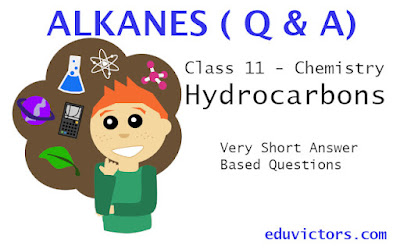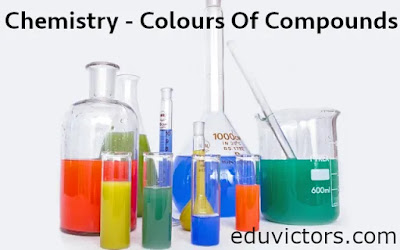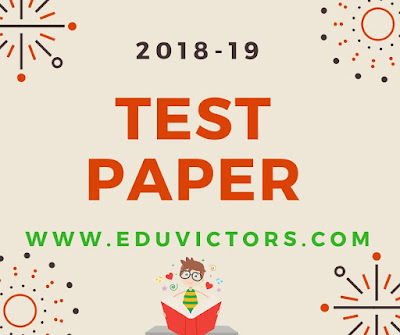Class 11 - Chemistry - Alkanes - Questions and Answers
Chapter: Hydrocarbons
Very Short Answer Based Questions (VSQA)
Q1: What are hydrocarbons?
Answer: Hydrocarbons are the compounds of carbon and hydrogen are obtained from coal and petroleum.
Q2: What are alkanes?
Answer: Alkanes are saturated open-chain hydrocarbons containing C—C single bonds.
Q3: How C-C atoms are joined in alkanes? What are the lengths of C-C and C-H bonds?
Answer: In alkanes, C-atoms are tetrahedrally joined together in which C—C and C—H bond lengths are 154 pm and 112 pm respectively.
















